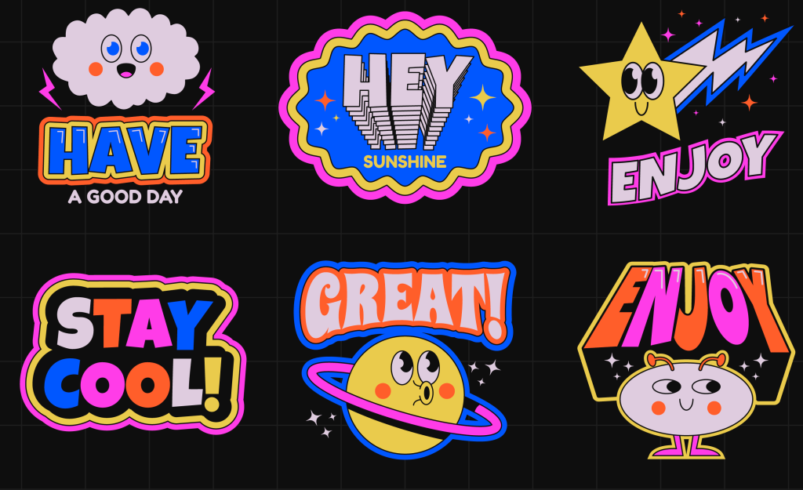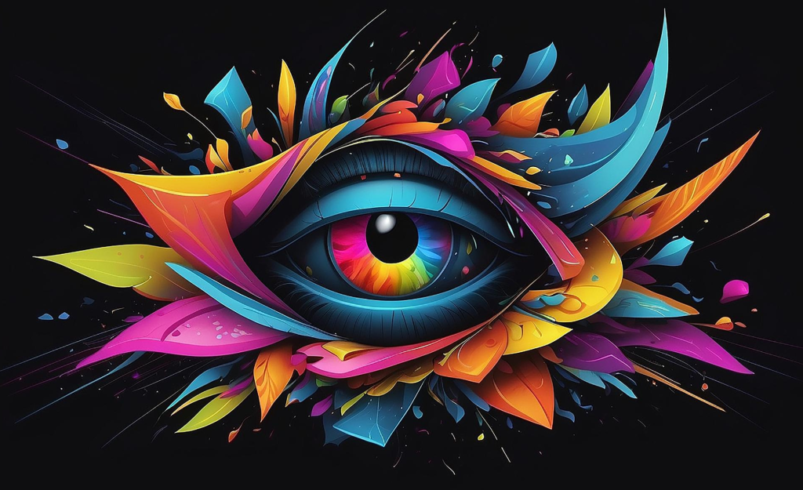
Which Colors Are Best for Advertising? A Marketer’s Guide
Color plays a crucial role in advertising. It influences emotions, drives customer behavior, and strengthens brand identity. Choosing the right colors for your advertising campaigns can make a significant difference in engagement, conversions, and brand recall. In this blog, we’ll explore the psychology of colors in advertising and how businesses can use them effectively.

The Psychology of Colors in Advertising
Each color has a psychological impact on consumers. Here’s how different colors affect emotions and perceptions:
- Red – Creates urgency, excitement, and passion. It is often used for clearance sales and food brands (e.g., Coca-Cola, McDonald’s).
- Blue – Represents trust, stability, and professionalism. It is commonly used by financial institutions and tech companies (e.g., Facebook, PayPal).
- Yellow – Evokes happiness, optimism, and attention. It is often used for promotions and brands targeting youthful energy (e.g., McDonald’s, Snapchat).
- Green – Symbolizes nature, health, and sustainability. It is ideal for eco-friendly and wellness brands (e.g., Starbucks, Whole Foods).
- Orange – Portrays enthusiasm, fun, and affordability. Often used by retail and entertainment brands (e.g., Amazon, Fanta).
- Purple – Associated with luxury, creativity, and wisdom. High-end brands and beauty products often use this color (e.g., Cadbury, Hallmark).
- Black – Represents sophistication, elegance, and exclusivity. Luxury brands and high-end products frequently use black (e.g., Chanel, Nike).
- White – Signifies purity, simplicity, and minimalism. It is often used by tech and healthcare brands (e.g., Apple, Adidas).
How to Choose the Right Color for Your Brand
Selecting the best color for advertising depends on several factors:
- Understand Your Audience – Different demographics respond differently to colors. Research your target audience’s preferences and cultural associations with colors.
- Align With Your Brand Identity – Your brand colors should reflect your values, industry, and messaging.
- Consider Industry Trends – Certain industries have standard color trends. Financial services lean toward blue, while organic products favor green.
- Test and Analyze – Run A/B tests with different color schemes in ads to see which ones drive better engagement and conversions.
Using Colors Effectively in Advertising Campaigns
- Call-to-Action (CTA) Buttons: Use contrasting colors like red or orange to make CTAs stand out.
- Backgrounds and Text: Maintain high contrast for readability.
- Emotional Triggers: Use warm colors for excitement and cool colors for trust and calmness.
- Seasonal and Cultural Adjustments: Adapt color schemes for festivals, holidays, and regional preferences.
Color psychology is a powerful tool in advertising. By strategically selecting and using colors, businesses can attract attention, evoke emotions, and drive conversions. Whether designing a logo, an ad campaign, or social media content, choosing the right colors can significantly impact marketing success.
At Adsan, we specialize in creating high-impact marketing campaigns tailored to your brand’s unique needs. Contact us to explore the best color strategies for your advertising success!



